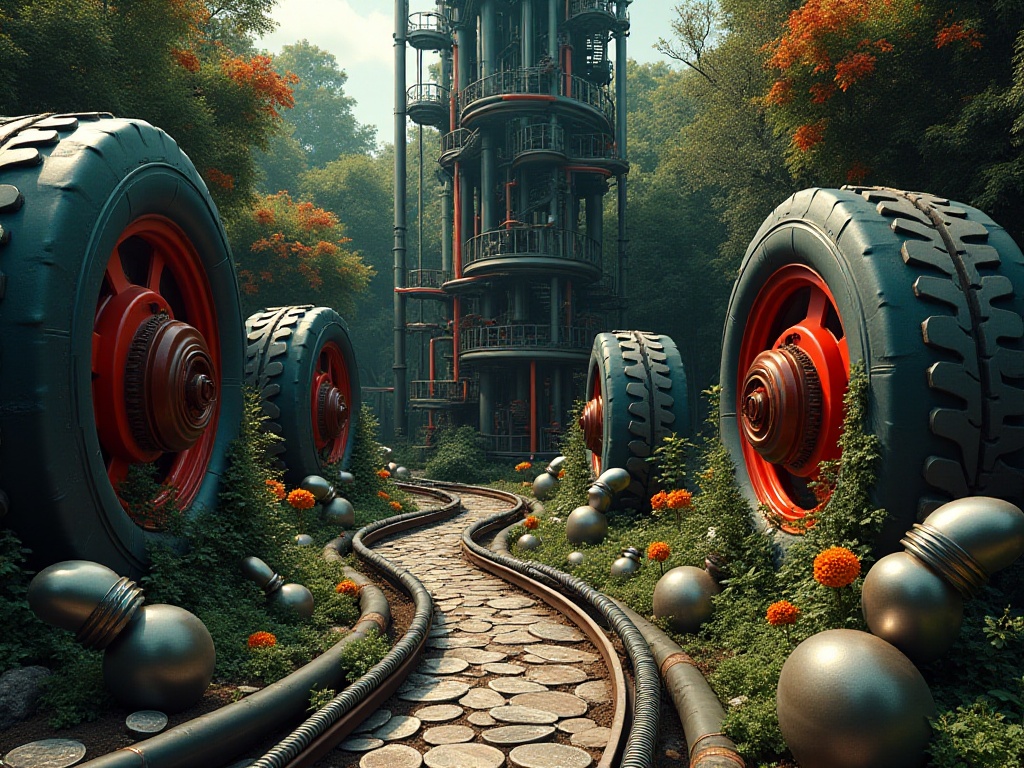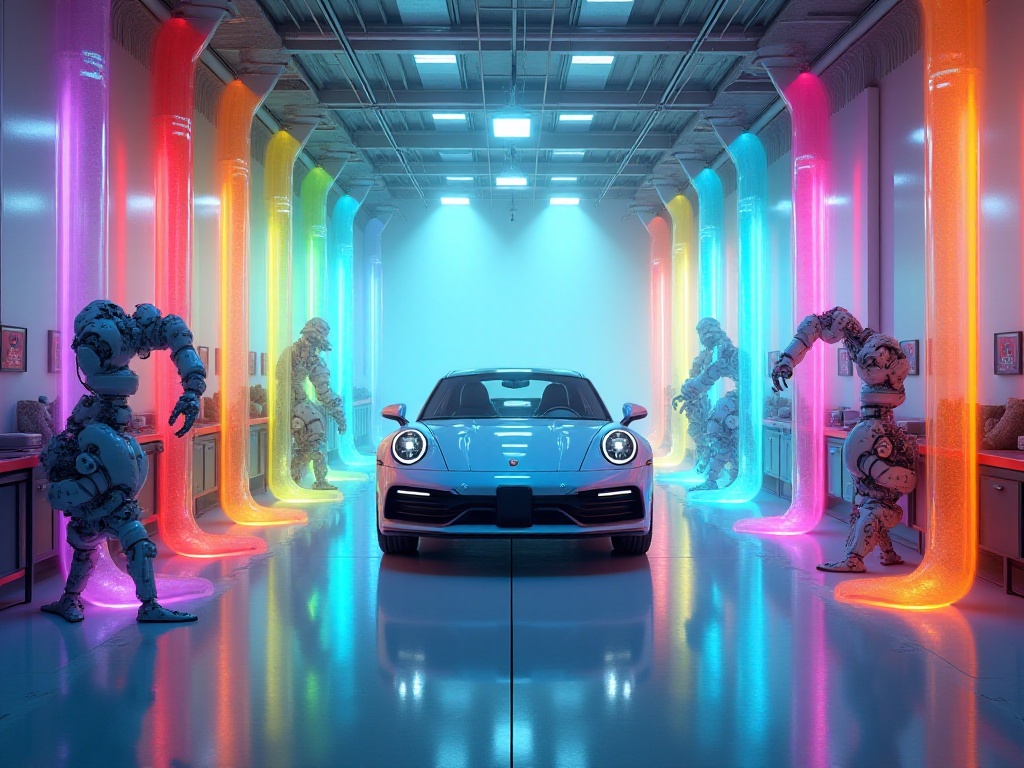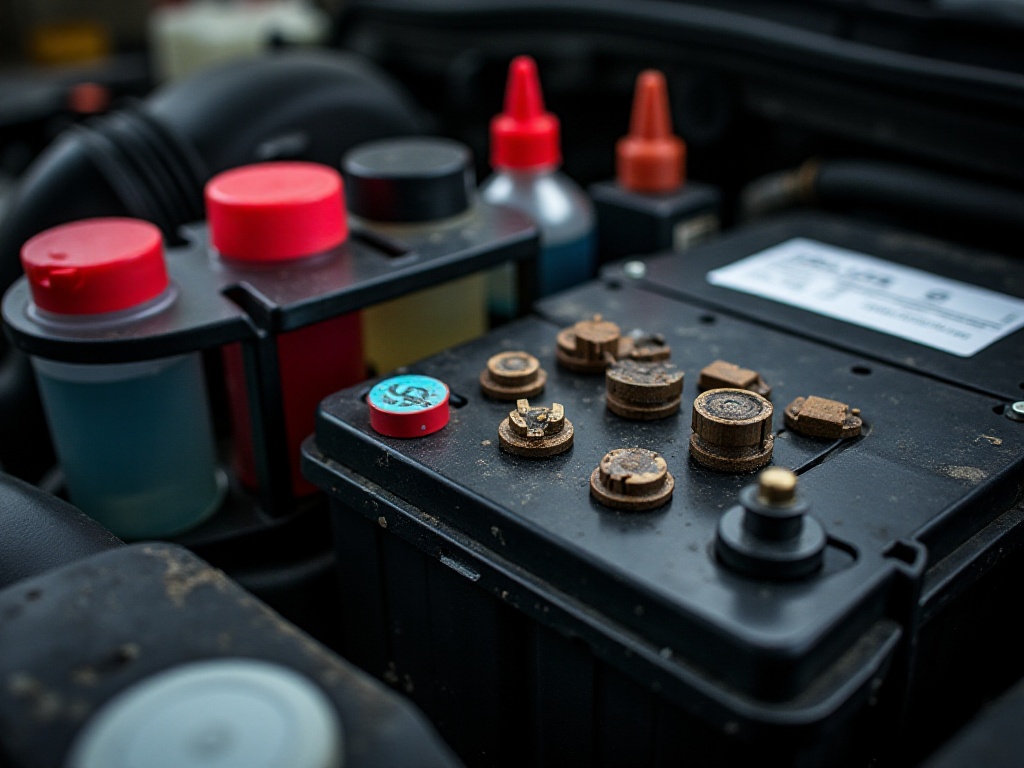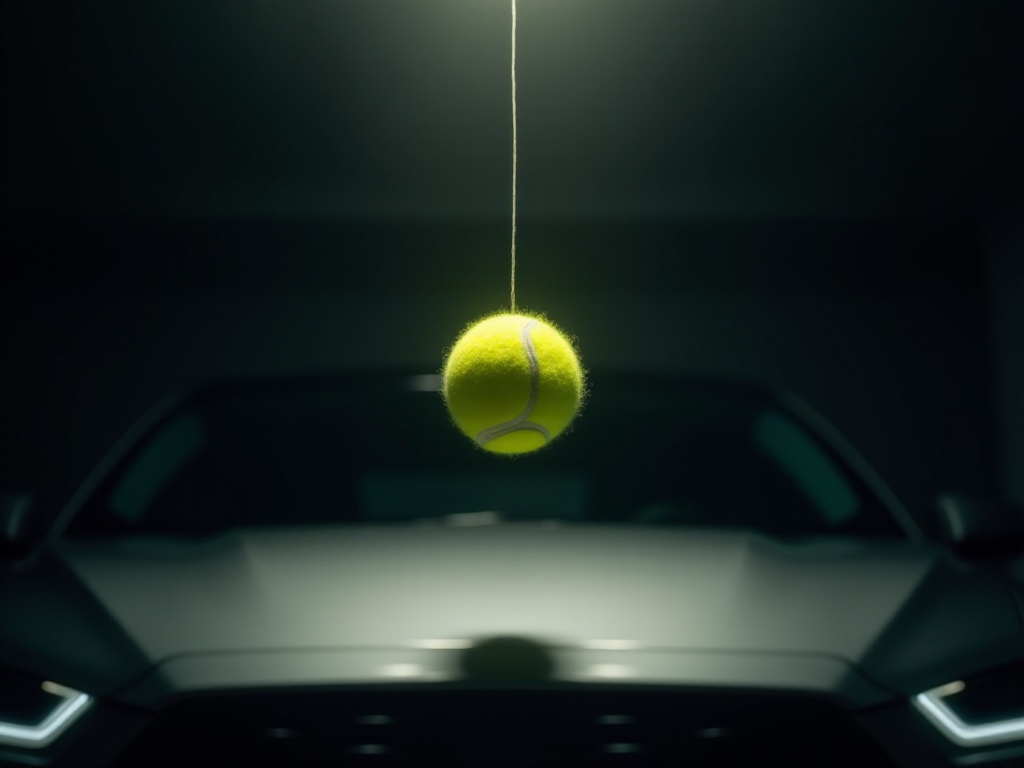Introduction
In my over ten years in auto repair, I've seen too many heartbreaking cases. Some owners' beloved cars could have continued accompanying them, but had to say goodbye early due to improper maintenance. Last year, a client's luxury car needed major repairs after just three years due to poor maintenance. Seeing how upset he was made me want to share my years of experience. After all, with proper care, a car can easily accompany us for ten years or even longer.
As a seasoned mechanic, I've witnessed the lifecycle of many vehicles. Some owners take meticulous care of their cars, keeping them like new even after ten years; others let their hundred-thousand-dollar vehicles die young due to negligence. Actually, car maintenance isn't difficult - the key is to use your heart, emotion, and wisdom. Today, let me share a practical car maintenance guide from a professional perspective, combined with real cases I've encountered over the years.
Daily Inspection
Many car owners get a headache when it comes to vehicle maintenance, thinking it's particularly troublesome, but this is completely a misconception. Car maintenance isn't complicated - it's like taking care of your child, focusing on daily observation and timely handling. Once you master the essentials, spending ten minutes each week can keep your car in optimal condition.
Speaking of this, I recall a female car owner who came to our shop a few days ago. She said she was too busy to check her car regularly. One day while driving home, she suddenly found the steering wheel very heavy, which scared her into rushing to our shop. After inspection, we found the power steering fluid was severely low - a situation that could have been easily prevented with early detection and timely refilling.
Tire Maintenance
Regarding tires, they're one of the most important safety components of a car. They're like our shoes, directly contacting the ground and bearing the entire vehicle's weight. I often tell clients that even the best car with bad tires is like a socialite wearing broken shoes - not only affecting appearance but also compromising safety.
Last summer, a Mercedes-Benz owner had a tire blowout on the highway, nearly causing a serious accident. Later inspection revealed that his tire pressure had been consistently low, causing the tire to overheat and deform. This accident could have been prevented through simple daily checks. I recommend developing a habit of checking tires weekly, especially before long trips.
Checking tire pressure is really simple - many gas stations have free pressure checking equipment. Besides pressure, tire tread depth is also important. Let me teach you a simple method: take a one-dollar coin and place it vertically in the tire tread. If you can see the entire edge of the coin, it's time to replace the tire. Also, pay attention to tire wear patterns - if you notice severe wear on the inner or outer side, there might be a wheel alignment problem.
Tire pressure standards vary with seasons. In summer, higher temperatures naturally increase tire pressure; in winter, lower temperatures decrease it. So it's especially important to adjust pressure during seasonal changes. I recommend keeping a simple tire pressure gauge in your car - it costs just a few dollars and can be very useful when needed.

Fluid Checks
Regarding fluid checks, this couldn't be more important. Like the human body, cars need various "nutritional fluids" to function normally. Engine oil is like blood, coolant is like body fluid, brake fluid is like nerve conduction fluid - each type of fluid has its important role.
Over the years, I've seen too many cases requiring major repairs due to fluid problems. The most extreme was a BMW owner last year who never paid attention to adding oil, resulting in a completely ruined engine with repair costs exceeding a hundred thousand. If he had developed a weekly checking habit and spent a few hundred dollars to replenish oil timely, this tragedy could have been avoided.
I recommend checking all fluid levels weekly by opening the hood. When checking, note that different fluids require different methods. For example, check engine oil when the engine is cool by pulling out the dipstick, wiping it clean, and reinserting it; while coolant should be checked by observing the reservoir level when the engine is hot.
Particularly worth noting is that more fluid isn't always better. Many owners just add fluid when they see it's low, which is incorrect. Each fluid has its appropriate volume range - too much or too little will affect vehicle performance. For example, if brake fluid is overfilled, it might overflow when the braking system heats up and expands.

Regular Maintenance
Regular maintenance is key to extending vehicle life. Many owners think following the dealership's maintenance schedule is too expensive, so they either find random places for maintenance or skip it altogether. This thinking is particularly dangerous. I remember a client who kept delaying maintenance to save money, resulting in premature engine failure and ultimately spending several times more than regular maintenance would have cost.
Exterior Care
Many people think exterior care is just for looks, but this understanding is particularly narrow. Regular washing and waxing not only maintain the vehicle's appearance but more importantly protect the paint and prevent rust. I've seen too many cars with severely oxidized paint due to lack of care, not only affecting appearance but also greatly reducing the vehicle's resale value.
Car washing also has its techniques. Many people like to find super cheap car washes that use strong alkaline cleaning solutions, which seriously damage the paint over time. I recommend choosing proper car washes that use neutral cleaning solutions. It's best to apply a layer of wax after each wash to form a protective film that keeps the paint looking new.
Here's a particularly useful tip: use regular white toothpaste to clean headlights. Many cars' headlights become yellow and dim with use. Actually, toothpaste can effectively remove the oxidized layer on headlight surfaces. The specific method is: first rinse the headlights with clean water, then put some toothpaste on a soft cloth and gently wipe the headlight surface, finally rinse clean with water. I do this regularly with my own car, and it works especially well.
Core Components
Regarding core components, the brake system comes first. This is a crucial component that concerns life safety. Countless traffic accidents occur each year due to brake system failures. As a professional mechanic, I recommend checking brake pad thickness every 5,000 kilometers.
Checking brake pads is actually very simple - you can see the pad thickness through the wheel hub gaps. If you find the brake pads worn to the warning line, replace them immediately. Also, pay attention to the brake feel - if you notice any abnormal sounds when braking or feel the brakes becoming soft, check immediately.
The battery is also a particularly important component. Many people think batteries don't need maintenance, but this thinking is wrong. Batteries also need regular checks and maintenance. Especially in northern regions, battery performance drops significantly in winter. Without regular maintenance, starting difficulties can easily occur.
I recommend regularly checking the battery terminals for corrosion - if found, clean them promptly and apply anti-rust oil. Also, keep the battery surface clean to prevent dust accumulation causing power leakage. If you find the battery voltage insufficient, charge or replace it promptly.

Storage Tips
Regarding storage, this is key to keeping your car interior tidy. Many owners' car interiors are always messy, not only affecting appearance but possibly creating safety hazards. Actually, by mastering some storage techniques, you can keep your car interior neat and organized.

Storage Solutions
I highly recommend using shower caddies to organize cleaning supplies and electronic devices. These storage racks are not only cheap and practical but can also be freely adjusted in height and position. You can fix them to the trunk's side, which not only maximizes space usage but also prevents items from rolling around while driving.
Besides storage racks, I also recommend installing storage bags behind the seats. These storage bags can hold commonly used items while protecting the seat backs from scratches. This storage space is especially needed for families with children.

Life Hacks
Speaking of life hacks, I want to share a particularly useful parking tip: use pool noodles to protect car doors. Many owners worry about doors hitting walls when parking in narrow garages. Actually, just fixing a few pool noodles to the wall can effectively prevent door damage.
I've used this tip myself for several years with great results. Pool noodles are not only cheap but also easy to install - just a few screws can fix them to the wall. If you're concerned about appearance, you can choose noodles of similar colors so they won't look out of place.
Conclusion
Taking care of a car is like caring for a good friend - with heartfelt care, it can accompany us further. Through years of experience, I deeply understand: maintenance isn't spending money, it's saving money. A well-maintained car not only provides safe and comfortable driving experience but also greatly saves repair costs.
I hope my sharing can help everyone better care for their beloved cars. Car maintenance isn't actually difficult - the key is patience and persistence. As long as you master the correct methods and form good habits, your beloved car will definitely accompany you further.
Related articles




